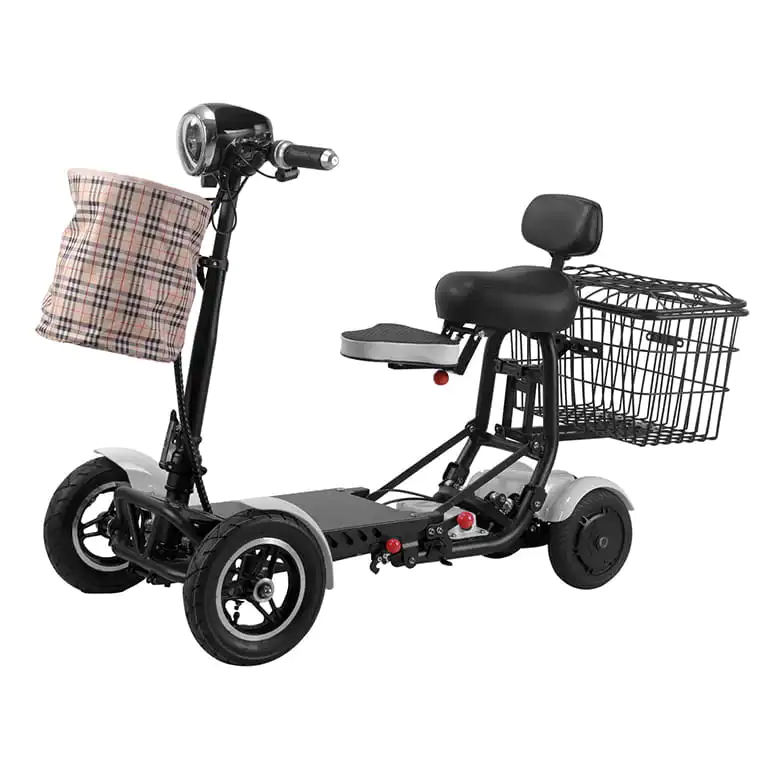As the demand for portable electric mobility scooters continues to grow, manufacturers are tasked with meeting the needs of an increasingly diverse consumer base. These scooters are designed to provide greater mobility for individuals with limited physical ability, offering an alternative to traditional means of transport. From a manufacturing perspective, producing high-quality portable electric mobility scooters involves a combination of technical innovation, cost-effective production, and a focus on user comfort and safety.
One of the primary challenges for manufacturers is ensuring that the scooters are both lightweight and durable. Since these scooters are intended to be easily transported and stored, the use of lightweight materials is essential. However, these materials must also be sturdy enough to handle the weight of the rider and endure the wear and tear that comes with daily use. Manufacturers often explore various materials, such as lightweight aluminum alloys, to balance strength with portability. The frame design must also take into account the scooter’s stability, as improper weight distribution can affect the user’s experience and safety.
Battery technology is another critical factor in the design and manufacturing process. The battery must be powerful enough to provide sufficient range while remaining compact and easy to charge. Advances in lithium-ion technology have made it possible to produce batteries that are both lightweight and efficient, but the challenge lies in balancing the need for power with the desire for a lightweight, portable scooter. Manufacturers must also ensure that the battery is safe, with built-in protection systems to prevent overheating or malfunction during use.
In addition to the technical aspects, manufacturers must also prioritize the scooter’s ease of use. Since the target audience for portable electric mobility scooters often includes older adults or individuals with mobility impairments, the scooter must be user-friendly. Controls should be intuitive, with simple mechanisms for adjusting speed, steering, and braking. Manufacturers need to consider the physical limitations of the user and design the scooter with adjustable seating, footrests, and handlebars to ensure comfort during use.
Safety features are a top priority in the design and manufacturing of portable electric mobility scooters. In addition to sturdy construction and reliable braking systems, scooters should be equipped with lights, reflectors, and other visibility features for use in low-light conditions. Ensuring that the scooter can navigate a variety of terrains, such as ramps or uneven surfaces, requires careful consideration of wheel design and suspension systems. Manufacturers must also be aware of regulatory standards and certifications to ensure that the scooters meet safety guidelines and are legally compliant.
Cost is an important factor for manufacturers, as the price of the scooter can directly impact market accessibility. Balancing high-quality materials, advanced technology, and affordable production costs is essential. Some manufacturers may choose to focus on mass production to reduce costs, while others may look to customize features for specific user needs. Ultimately, finding the right balance between cost, quality, and functionality is crucial for success in the competitive portable electric mobility scooter market.
In conclusion, manufacturing portable electric mobility scooters requires careful attention to multiple factors, including design, materials, battery technology, and user safety. By addressing these considerations, manufacturers can create scooters that meet the diverse needs of users while remaining cost-effective and reliable. As technology continues to evolve, so too will the design and functionality of these scooters, offering more options and greater flexibility for individuals who need them.
